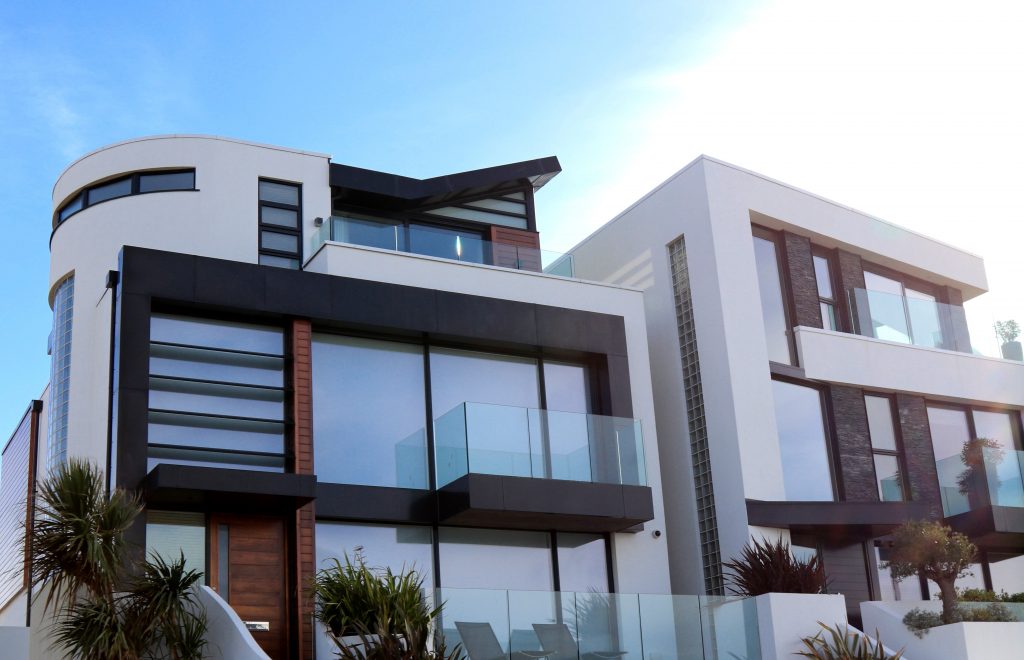 Is your home future proof? There’s no doubt that your home reflects your current lifestyle and if you look around, the design and décor represent who you are today. But will that exact design and décor stand the test of time and still reflect who you are in years to come? Making a few clever decisions today can save you a heap of money, time and inconvenience in later years. If you’re looking for sustainable, latest tech, or prepping ideas these tips will inspire you. Here are 11 simple things you can do to future proof your home.
Is your home future proof? There’s no doubt that your home reflects your current lifestyle and if you look around, the design and décor represent who you are today. But will that exact design and décor stand the test of time and still reflect who you are in years to come? Making a few clever decisions today can save you a heap of money, time and inconvenience in later years. If you’re looking for sustainable, latest tech, or prepping ideas these tips will inspire you. Here are 11 simple things you can do to future proof your home.
1. Home Automation Integration
To truly future-proof your home, consider embracing comprehensive home automation. This technology extends beyond simple device management, integrating systems for lighting, security, heating, and cooling into a cohesive platform that can be controlled via smartphone or voice commands. Home automation not only enhances convenience and safety but also increases energy efficiency by allowing precise control over home environments. With technology advancing every day, it is now easier than ever to control your home from your mobile device. Turn on the lights, turn on the heating, turn on your television, kettle and fridge settings from your phone or tablet.
2. Renewable Energy Solutions
Investing in renewable energy solutions like solar panels or small-scale wind turbines can significantly reduce your reliance on grid power while minimizing environmental impact. These systems can be integrated with home batteries to store excess energy, ensuring power availability even during outages and reducing electricity costs over time.
3. Sustainable Building Materials
Future-proofing also involves using materials that are both sustainable and durable. Options like bamboo flooring, which regenerates quickly, and recycled metal for roofing are not only eco-friendly but also offer longevity and resilience against environmental factors, contributing to the overall sustainability of your home.
4. Gardening and Food Security
Developing a garden can enhance your home’s food security and reduce your carbon footprint. Whether it’s a sprawling backyard vegetable garden, a rooftop filled with greenery, or a modern vertical farm in a smaller space, growing your own produce can be a rewarding way to promote sustainability and independence.
5. Community and Transportation
Selecting a home location with access to public transportation, local amenities, and community resources can diminish the need for personal vehicles. This not only helps in reducing your environmental impact but also supports a healthier, community-focused lifestyle.
6. Disaster Preparedness
Enhancing your home’s resilience against natural disasters is crucial, depending on your geographic location. Consider structural reinforcements, high-quality building materials, and an emergency preparedness plan to protect against events like floods, hurricanes, or earthquakes.
7. Enhancing Security with Automatic Electric Gates
For added security and convenience, consider installing automated electric gates. These gates offer increased security, privacy, and value to your property. They can be customized to fit various aesthetics and space requirements, from ornate wrought iron to sleek, contemporary designs. Additionally, electric gates can be integrated with home automation systems for seamless operation, allowing homeowners to open or close gates remotely using smartphones or other smart devices.
8. Dual-Purpose Rooms
When designing and decorating your home, think about how your needs are going to change in the next ten years. Yes, you might need a home office right now, but could it transition into a practical nursery in the future?
Space is precious and creating dual-purpose rooms is one way to add functionality to your property and protect its value in the process. Be selective with the contents of your spare rooms and find furniture and storage that will readily adapt to an office, bedroom or entertainment space.
9. Accessibility is Key
There’s no harm planning for the future and making your home accessible to wheelchair users not only helps to ensure you are prepared for any eventuality. If you don’t plan to live in your house as an older adult, this will add value to your home and attract more buyers when the time comes to sell.
Making your doors and staircases wider to accommodate wheelchairs and the potential installation of a stair lift will give your home a wider appeal.
10. Walk in Baths and Showers
As you age, mobility will be a huge factor when it comes to the functionality of your home. While old age may be a long way off, customising your bathroom design today can ensure it isn’t a hazard in later years.
Rather than towering bath tubs and fancy showers, opt for spacious walk in shower designs that can accommodate a handrail in the future without feeling cramped or even a wet room. This way, as mobility decreases, you won’t find yourself with a pricey bathroom remodel on your hands.
11. Superior Storage
Buying a house is one of the biggest decisions you will make. Making your home future proof allows you to live there for longer and one way to make sure your house fits your lifestyle ten or more years down the line is to focus on storage.
You might have enough room for all of your worldly treasures today, but factor in children and grandchildren into the picture and decide how you will meet increased storage demands in years to come. Begin with built-in storage and maximise the potential of each room and watch your storage capacity soar.
In conclusion, future-proofing your home is a multifaceted approach that extends beyond mere technological upgrades. It involves embracing sustainability through renewable energy sources and sustainable materials, enhancing food security with home gardening, ensuring accessibility with smart community and transportation choices, and bolstering safety with advanced security measures like electric gates. By integrating these elements, homeowners can create resilient, efficient, and adaptable living spaces ready to meet the challenges and opportunities of the future.



